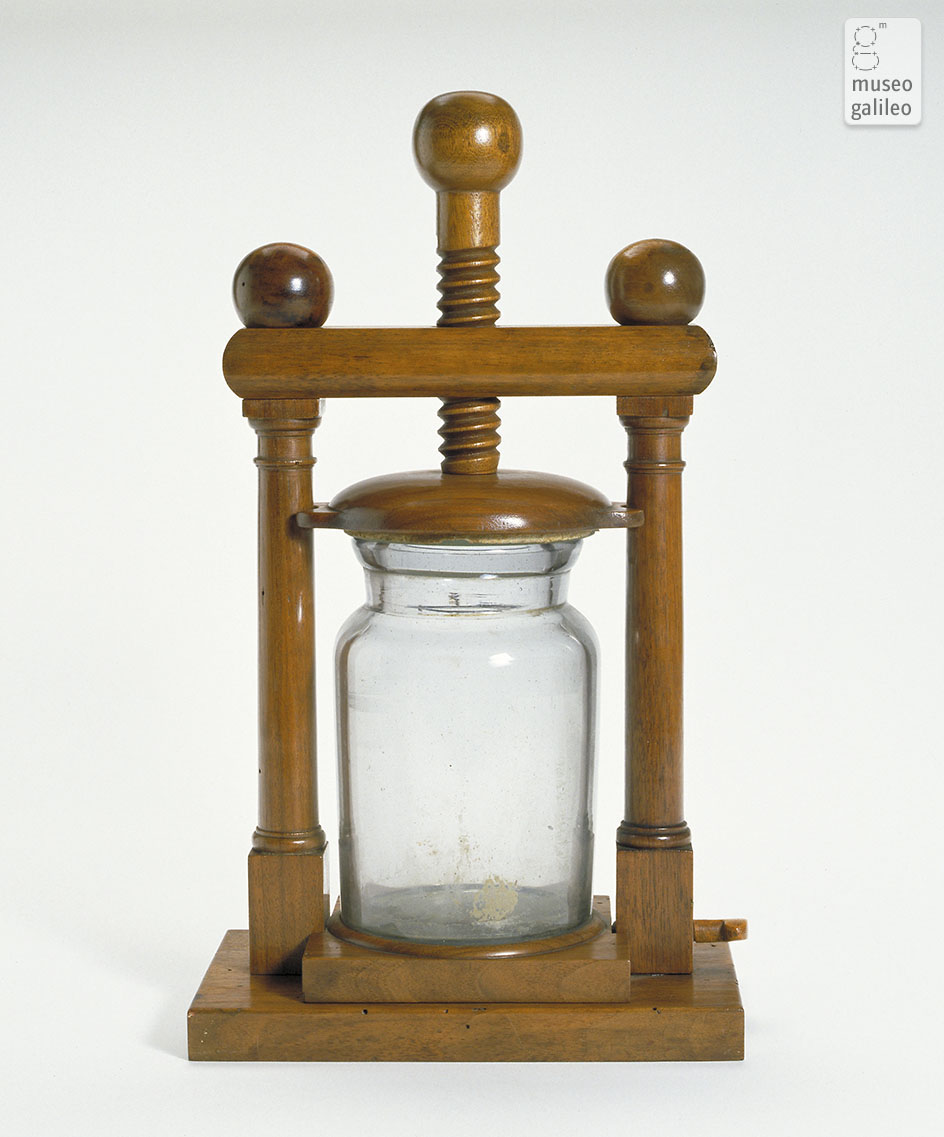
Engineering And Chemical Thermodynamics Koretsky Solution Manual
Description Koretsky helps students understand and visualize thermodynamics through a qualitative discussion of the role of molecular interactions and a highly visual presentation of the material. By showing how principles of thermodynamics relate to molecular concepts learned in prior courses, Engineering and Chemical Thermodynamics, 2e helps students construct new knowledge on a solid conceptual foundation. Engineering and Chemical Thermodynamics, 2e is designed for Thermodynamics I and Thermodynamics II courses taught out of the Chemical Engineering department to Chemical Engineering majors. Specifically designed to accommodate students with different learning styles, this text helps establish a solid foundation in engineering and chemical thermodynamics. Clear conceptual development, worked-out examples and numerous end-of-chapter problems promote deep learning of thermodynamics and teach students how to apply thermodynamics to real-world engineering problems. • Over 250 new problems and over 20 new examples have been added, with a focus on more real-world, practical and applied problems and examples. • Example problems are highlighted.
Engineering and Chemical Thermodynamics Solutions Manual. Get access now with. Author: Milo D Koretsky. 613 solutions available.
• Added and expanded coverage of phase equilibria; solid fugacity and solid-vapor equilibrium; Equation of State; approach for both liquid and vapor phases in VLE; thermodynamics vs. Kinetic control; the practical side of the Second Law; and the inclusion of more biological content and examples. • Additional Instructor Resources using web-based teaching modules including: concept tests; concept inventories, interactive virtual laboratories and other pedagogical resources. • Content has been reorganized into smaller sections, especially Chapter 2.
Chapter 1 Solutions Engineering and Chemical Thermodynamics Wyatt Tenhaeff Milo Koretsky Department of Chemical Engineering Oregon State University koretsm@engr.orst.edu 2 1.2 An approximate solution can be found if we combine Equations 1.4 and 1.5: molecular keVm = 2 2 1 molecular kekT =2 3 m kTV 3≈∴ Assume the temperature is 22 ºC. The mass of a single oxygen molecule is kg 1014.5 26−×=m. Substitute and solve: [ ]m/s 6.487=V The molecules are traveling really, fast (around the length of five football fields every second). Comment: We can get a better solution by using the Maxwell-Boltzmann distribution of speeds that is sketched in Figure 1.4.

Looking up the quantitative expression for this expression, we have: dvvv kT m kT mdvvf 22 2/3 2 exp 2 4)( − = π π where f(v) is the fraction of molecules within dv of the speed v. We can find the average speed by integrating the expression above [ ]m/s 4498 )( )( 0 0 === ∫ ∫ ∞ ∞ m kT dvvf vdvvf V π 3 1.3 Derive the following expressions by combining Equations 1.4 and 1.5: a a m kTV 32 = b b m kTV 32 = Therefore, a b b a m m V V = 2 2 Since mb is larger than ma, the molecules of species A move faster on average. 4 1.4 We have the following two points that relate the Reamur temperature scale to the Celsius scale: ( )Reamurº 0 C,º 0 and ( )Reamurº 80 C,º 100 Create an equation using the two points: ( ) ( ) Celsius º 8.0Reamurº TT = At 22 ºC, Reamurº 6.17 =T 5 1.5 (a) After a short time, the temperature gradient in the copper block is changing (unsteady state), so the system is not in equilibrium. (b) After a long time, the temperature gradient in the copper block will become constant (steady state), but because the temperature is not uniform everywhere, the system is not in equilibrium. (c) After a very long time, the temperature of the reservoirs will equilibrate; The system is then homogenous in temperature. The system is in thermal equilibrium. 6 1.6 We assume the temperature is constant at 0 ºC.
The molecular weight of air is kg/mol 0.029g/mol 29 ==MW Find the pressure at the top of Mount Everest: ( ) ( ) [ ]( )( ) ( ) ⋅ − = K 73.152 Kmol J 314.8 m 8848m/s.819kg/mol029.0expatm 1P kPa 4.33atm 330.0 ==P Interpolate steam table data: Cº 4.71=satT for kPa 4.33=satP Therefore, the liquid boils at 71.4 ºC.  Note: the barometric relationship given assumes that the temperature remains constant. In reality the temperature decreases with height as we go up the mountain. However, a solution in which T and P vary with height is not as straight-forward. 7 1.7 To solve these problems, the steam tables were used. The values given for each part constrain the water to a certain state. In most cases we can look at the saturated table, to determine the state.
Note: the barometric relationship given assumes that the temperature remains constant. In reality the temperature decreases with height as we go up the mountain. However, a solution in which T and P vary with height is not as straight-forward. 7 1.7 To solve these problems, the steam tables were used. The values given for each part constrain the water to a certain state. In most cases we can look at the saturated table, to determine the state.